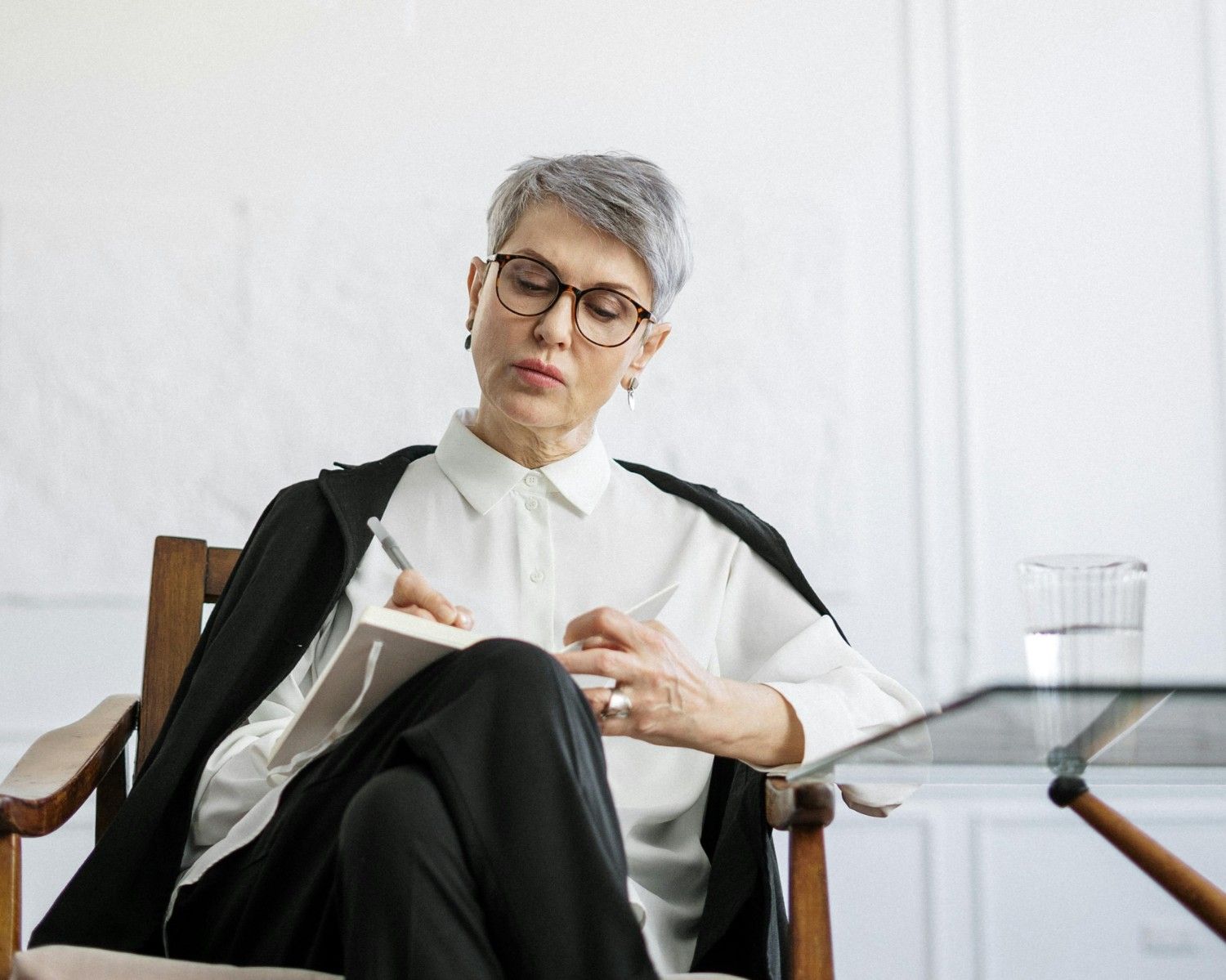The world of online dating offers a universe of possibility, a chance to connect with people you might never have met otherwise. It is a powerful tool for building meaningful relationships. But just like any bustling, vibrant city, this digital landscape has its own set of risks that require awareness and preparation. Being "safe" is not about being paranoid; it is about being "empowered." It is about equipping yourself with the knowledge and tools to navigate this world with confidence, so you can focus on the exciting part: making a genuine connection. This guide is your essential safety toolkit for that journey
Key Points
- Online dating requires a proactive approach to personal safety; this is not about fear, but about "empowerment" and making informed choices.
- Before meeting, always "vet" your matches through tools like reverse image searches and brief video calls to verify their identity and ensure they are who they claim to be.
- Your dating profile is a public space; protect yourself by using a unique photo, creating a separate email, and avoiding sharing overly specific personal details like your workplace or last name.
- The first date should always be in a "public, neutral location." You should arrange your own transportation and inform a trusted friend of your plans, including your location and your date's name.
- Trust your intuition. If a conversation or a person feels "off," it is a valid reason to disengage. Your feelings are your most important safety tool, a concept that aligns with the principles of The Role of Boundaries in Self-Love.
Introduction: Navigating the New Frontier of Connection
In the last decade, online dating has evolved from a niche, slightly taboo activity into the single most common way couples meet. Dating apps and websites have opened up a universe of possibility, connecting people across cities and continents who might never have crossed paths in their daily lives. It is a powerful and exciting tool for building meaningful relationships. But just like any bustling, vibrant city, this digital landscape has its own set of rules and risks that require awareness and preparation.
The goal of dating safety is not to approach this new world with fear or paranoia. It is to approach it with "empowerment." Being safe is about equipping yourself with the knowledge and tools to navigate this space with confidence, allowing you to filter out bad actors and focus on what you are really there for: making a genuine connection. This guide, by psychologist Dr. Anya Sharma, is your essential, beginner-friendly toolkit for that journey. We will cover everything from creating a secure profile to planning a safe first date, helping you build a foundation of security from day one. All information is current as of Thursday, September 18, 2025 at 8:31 AM GMT from Kumasi, Ashanti Region, Ghana.
Phase 1: The Digital First Impression - Creating Your Safe Space
Your safety strategy begins before you even send your first message. It starts with how you construct your own profile and how you learn to read the profiles of others. Think of your profile as your digital home; you want it to be welcoming, but you also need to have good locks on the doors.
Crafting a Secure and Anonymous Profile
The key to a safe profile is to be "personable without being personal." You want to share your personality, not your private information.
- Use a Unique Photo: The photos on your dating profile should ideally not be used anywhere else online, like your Instagram or professional LinkedIn profile. It is very easy for someone to do a reverse image search. If they find your other social media, they can quickly piece together your full name, your workplace, and details about your life you are not ready to share.
- Create a Dating-Specific Email: Do not use your personal or work email for dating apps. Create a new, free email address (e.g., on Gmail or ProtonMail) that you use exclusively for your dating life. This creates a firewall between a potential stranger and your primary inbox.
- Be Vague About Specifics: It is great to say you love hiking, but do not name your favorite, secluded trail. Mention you work in "tech" or "healthcare," not the specific name of your company. Avoid posting photos that clearly show the front of your house, your street sign, or your regular coffee shop.
- Choose a Username Wisely: Your username should not be your full name or a variation of it. Avoid including your birth year or other identifying numbers.
Reading the Tea Leaves: Spotting Red Flags in Their Profile
As you browse, train yourself to be a discerning observer. Some profiles send up subtle (or not-so-subtle) signals that warrant caution.
- The Profile with One Blurry Photo: A person who is serious about dating will likely put effort into their profile. A single, low-quality, or group photo where you cannot tell who they are can be a sign of a scammer, a catfish, or someone who is not taking the process seriously.
- The Empty or Vague Bio: A bio that says "Just ask" or is filled with generic clichés gives you nothing to go on. It can be a sign of low effort or, more concerningly, a sign that the person is trying to hide who they are.
- Over-the-Top or Aggressive Language: Profiles that are overly sexual, make demanding statements ("Don't message me if you're not serious"), or are filled with negativity can be a preview of an unhealthy communication style.
- Love Bombing from the Start: Be wary of profiles that use hyper-romantic, "too good to be true" language, promising an epic romance before they have even met you. This can be a tactic used by scammers and manipulators.
Phase 2: The Vetting Process - Verifying Before You Meet
You have matched with someone who seems promising. The conversation is flowing. Now comes the most crucial safety step: the "vetting process." This is the work you do "before" you agree to meet in person to confirm that they are who they say they are.
The Power of the Pre-Date Video Call
This is perhaps the single most effective safety tool at your disposal. A brief, 5 to 10-minute video call can accomplish several things:
- It Confirms Their Identity: It proves that the person you are talking to looks like their pictures and is not a catfish using someone else's photos.
- It Tests the Vibe: So much of communication is non-verbal. A video call allows you to gauge their tone, their mannerisms, and the general "vibe" in a way that text cannot. You can often learn more in a five-minute video chat than in five days of texting.
- It Sets a Boundary: A person who is genuinely interested in meeting you will almost always agree to a quick video call. Someone who makes endless excuses, claims their camera is broken, or tries to make you feel unreasonable for asking is a major red flag. This is often a sign they are hiding something.
You can frame the request casually: "Hey, it's been fun chatting! Would you be up for a quick video call sometime this week? It's always nice to put a face to the name before meeting up."
Do Your Own Light Reconnaissance
You are not a private investigator, but a few simple checks can provide peace of mind.
- Reverse Image Search: This is easy to do. You can save one of their profile pictures and upload it to a site like Google Images or TinEye. If the image appears on someone else's social media profile with a different name, you have likely found a catfish.
- Check for Social Media Presence: As you get to know them, it is reasonable to ask for their last name or exchange social media profiles. A legitimate person will usually have some kind of digital footprint (e.g., Instagram, Facebook, LinkedIn) that matches the story they have told you. Be wary of someone who claims to have zero online presence, as this is increasingly rare and can be a tactic to remain untraceable.
- Be Wary of Sob Stories and Requests for Money: This is the oldest scam in the book. If a person you have never met starts telling you about a sudden, tragic emergency that requires you to send them money, gift cards, or cryptocurrency, "stop all communication immediately." This is always a scam.
Phase 3: The First Meet - A Blueprint for a Safe Date
You have vetted your match, and you are ready to take the leap to an in-person meeting. Planning this first date with safety in mind is paramount.
Rule #1: Public, Public, Public
The first meeting should "always" be in a public place where there are other people around. A coffee shop, a casual restaurant, a museum, or a busy park are all excellent choices. Never agree to meet at their home, have them pick you up from your home, or go to a secluded or private location for a first date.
Rule #2: Arrange Your Own Transportation
You should be in control of how you get to and from the date. Drive yourself, take a bus, or use a ride-sharing service. This ensures that you can leave whenever you want to. Accepting a ride from them on a first date can put you in a vulnerable position if the date does not go well and you feel uncomfortable.
Rule #3: Tell a Friend
This is a non-negotiable step. Inform a trusted friend or family member about your plans. Give them:
- Your date's name and a screenshot of their profile.
- The exact location where you will be meeting.
- The time of the date.
Arrange to send them a quick text when you arrive and when you have gotten home safely. For extra security, you can use an app like Find My Friends to share your location with them for the duration of the date.
Rule #4: Stay Sober (or Close to It)
Alcohol can impair your judgment and lower your inhibitions. It is wise to limit your alcohol consumption on a first date, or to avoid it altogether. Staying clear-headed allows you to accurately assess the situation and your own feelings.
Rule #5: Trust Your Gut
Your intuition is your most sophisticated piece of safety equipment. If at any point during the date, something feels wrong, even if you cannot logically explain why, "honor that feeling." You do not need a "good reason" to end a date. A simple, "It was really nice to meet you, but I should get going now," is all the explanation that is required. You do not owe anyone your time if you feel unsafe or uncomfortable.
Comparison: Safe Dating Practices vs. Risky Behaviors
| Aspect | Safe Practice | Risky Behavior |
|---|---|---|
| Profile Setup | Anonymous username, unique photos, and vague personal details. | Using your full name, photos from other social media, and specific details about your job or neighborhood. |
| Pre-Date Vetting | Requesting a brief video call and doing a quick reverse image search. | Agreeing to meet someone based only on text conversations. |
| First Date Location | A busy, public place like a coffee shop or casual restaurant. | Their house, your house, or a secluded park or trail. |
| Transportation | Arranging your own way to and from the date. | Letting them pick you up from your home. |
| Informing Others | Telling a friend your date's name, the location, and the time, with a plan to check in. | Going on a date without telling anyone where you are going or who you are with. |
| Responding to Gut Feelings | Honoring feelings of discomfort and leaving the situation, even without a "logical" reason. | Ignoring your intuition because you do not want to be "rude" or "cause a scene." |
Conclusion: Dating with Confidence
Online dating can and should be a fun and rewarding experience. By taking these simple, proactive steps, you are not creating barriers to intimacy; you are building a "safe container" in which true intimacy can grow. Practicing dating safety is an act of self-love and self-respect. It allows you to engage with the process from a place of confidence, knowing that you have the tools to protect yourself. It frees up your mental and emotional energy to focus on what truly matters: finding a connection that is not only exciting, but also genuinely safe and healthy.








